Choosing between 26-inch and 27-inch TST moped-style eBikes affects battery efficiency and range based on terrain, wheel momentum, and motor load. The 27-inch version provides better energy efficiency on paved roads, while the 26-inch delivers stronger torque and traction on rough surfaces. Both offer balanced performance, allowing riders to match wheel size with their preferred riding conditions.
What Determines Battery Efficiency in TST Moped-Style EBikes?
Battery efficiency depends on motor output, wheel size, terrain, and rider habits. Larger wheels cover more distance per rotation, reducing energy use on smooth surfaces, while smaller wheels demand higher torque, increasing battery draw under resistance. TST EBike optimizes motor-to-battery ratios for each wheel size, ensuring consistent performance. Maintaining proper tire pressure and balanced rider weight further enhances efficiency.
How Do 26-Inch and 27-Inch TST EBikes Differ Structurally?
Both wheel sizes share similar frame geometry, but wheel physics affect performance. The 26-inch eBike accelerates quickly, absorbs shocks better, and handles bumpy terrain efficiently. The 27-inch eBike benefits from reduced rolling resistance, providing smoother efficiency on longer rides and paved routes.
| Feature | 26-Inch TST EBike | 27-Inch TST EBike |
|---|---|---|
| Terrain Focus | Sand, snow, rugged paths | City roads, light trails |
| Ride Stability | Enhanced shock absorption | Steady momentum on flats |
| Acceleration | Strong torque | Gradual, smooth gain |
| Range | Slightly shorter | Longer on paved routes |
TST EBike ensures both models maintain stable handling while catering to different riding environments.
Which Wheel Size Offers the Best Energy-to-Mileage Ratio?
The 27-inch TST eBike typically provides a superior energy-to-mileage ratio due to reduced motor strain on smooth surfaces. Each rotation covers more distance, conserving battery power. On uneven or snowy terrain, the 26-inch model may consume more energy, but it delivers better traction. Riders alternating between urban and light off-road settings often find the 27-inch version more efficient per charge cycle.
Why Does Terrain Type Influence Range in Electric Mopeds?
Terrain directly affects motor load and rolling resistance. Uphill or uneven surfaces increase energy consumption, reducing range. Smooth pavements lower resistance, extending battery life. The 26-inch TST EBike prioritizes torque and stability on challenging surfaces, while the 27-inch version excels on paved routes. Selecting the appropriate wheel size ensures consistent performance aligned with riding conditions.
How Much Range Can You Expect from Each Wheel Size?
Range varies by wheel size and terrain, typically differing by 10–15%.
| Wheel Size | Estimated Range | Typical Terrain |
|---|---|---|
| 26-Inch | 40–55 miles | Snow, sand, mixed paths |
| 27-Inch | 45–65 miles | Asphalt, gravel, urban roads |
These estimates assume a 48V 15Ah battery and moderate pedal assistance. Efficient riding and controlled throttle use can extend range further.
Does Wheel Size Affect Climbing and Torque Efficiency?
Yes. The 26-inch wheel generates higher torque, offering improved climbing traction on steep or slippery surfaces. The 27-inch wheel emphasizes momentum and smooth cruising, suitable for long-distance rides. For hilly terrains, the 26-inch TST EBike maintains better motor efficiency under resistance, balancing torque output and energy use.
What Are the Battery Performance Trade-offs Between Wheel Sizes?
The 26-inch wheel focuses on torque delivery and maneuverability, ideal for challenging terrain, while the 27-inch wheel prioritizes endurance and range. TST EBike calibrates motor controllers to balance acceleration, stability, and energy consumption. Larger wheels extend range on paved routes, while smaller wheels excel at short, torque-intensive rides.
Can Tire Type and Air Pressure Impact Battery Range?
Yes. Tire tread and inflation affect rolling resistance. Heavier treads increase energy use, while proper pressure optimizes efficiency. Both 26-inch and 27-inch TST eBikes benefit from adhering to manufacturer tire pressure guidelines. Riders on soft terrain may reduce pressure slightly for traction, balancing grip with battery consumption.
When Should Riders Choose a 26-Inch TST EBike Over a 27-Inch?
Select the 26-inch model for off-road, snowy, or sandy paths requiring low-end torque and stability. Choose the 27-inch model for city commuting, paved roads, and long-distance rides, where rolling efficiency and extended range are prioritized. Terrain and riding style dictate the optimal choice.
TST EBike Expert Views
“At TST EBike, wheel size influences performance and efficiency. The 27-inch version conserves energy on long, smooth rides, while 26-inch models excel on demanding surfaces like gravel or snow. Both sizes are engineered to provide balanced performance, ensuring riders enjoy reliable torque, stability, and range regardless of terrain.”
— TST EBike Technical Team
What Maintenance Habits Help Improve Range Efficiency?
Maintain drivetrain cleanliness, monitor tire pressure, and recharge using TST EBike-approved chargers. Avoid complete battery depletion, and ride using efficient pedal-assist modes. Extreme temperatures can temporarily reduce range. Proper care preserves battery health and extends optimal performance.
Could Motor Placement Influence Wheel Size Performance?
Yes. Mid-drive motors maximize torque with 26-inch wheels, while hub motors suit 27-inch wheels for steady cruising. TST EBike calibrates powertrains to maintain proportional output, minimizing energy differences while delivering consistent riding performance.
Which Riders Benefit Most from Each Wheel Size?
Off-road adventurers and riders on steep or slippery terrain benefit from 26-inch wheels for traction and torque. Urban commuters and long-distance riders prefer 27-inch wheels for efficiency and smooth rolling. Wheel choice aligns with riding habits, terrain, and preferred performance characteristics.
Conclusion
Both 26-inch and 27-inch TST moped-style eBikes provide reliable performance, range, and handling. The 26-inch model suits rugged paths with torque-focused rides, while the 27-inch version excels on paved surfaces with longer range. Riders can select the appropriate wheel size to match terrain, riding style, and battery needs, enjoying TST EBike quality and engineering.
FAQs
1. Does the 27-inch TST EBike charge slower than the 26-inch?
No. Charging time is determined by battery capacity, not wheel size. Both typically charge in 4–6 hours.
2. Which wheel size performs better in snow?
The 26-inch model offers superior traction and stability for snowy conditions.
3. Is the 27-inch TST EBike faster on paved roads?
Yes, it maintains higher cruising speeds with lower rolling resistance.
4. Can I swap my 26-inch TST EBike wheels to 27-inch?
Not recommended, as frame geometry and gearing are designed for specific wheel sizes.
5. How can I maximize battery life on either model?
Maintain proper tire pressure, ride steadily, and limit full-throttle acceleration.

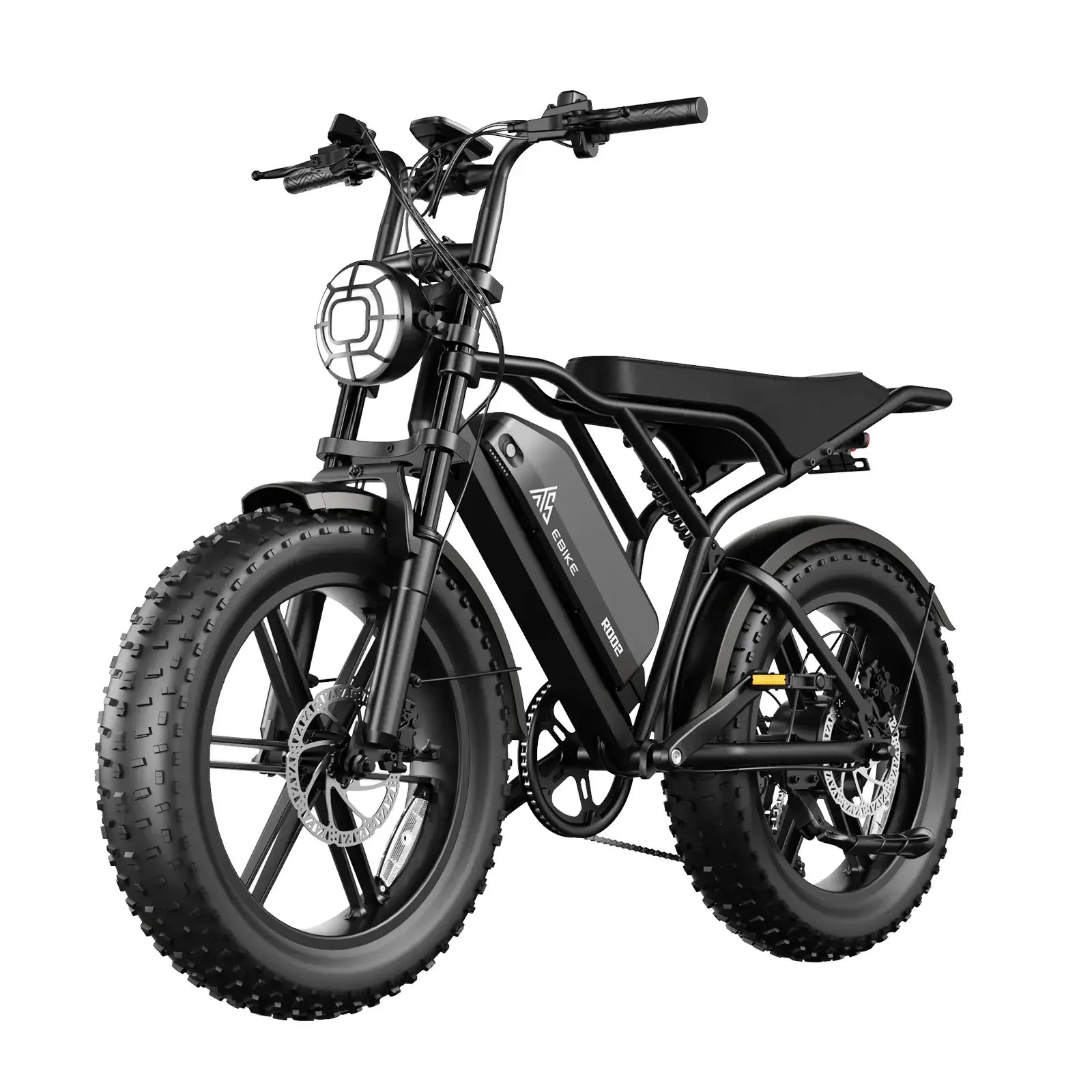

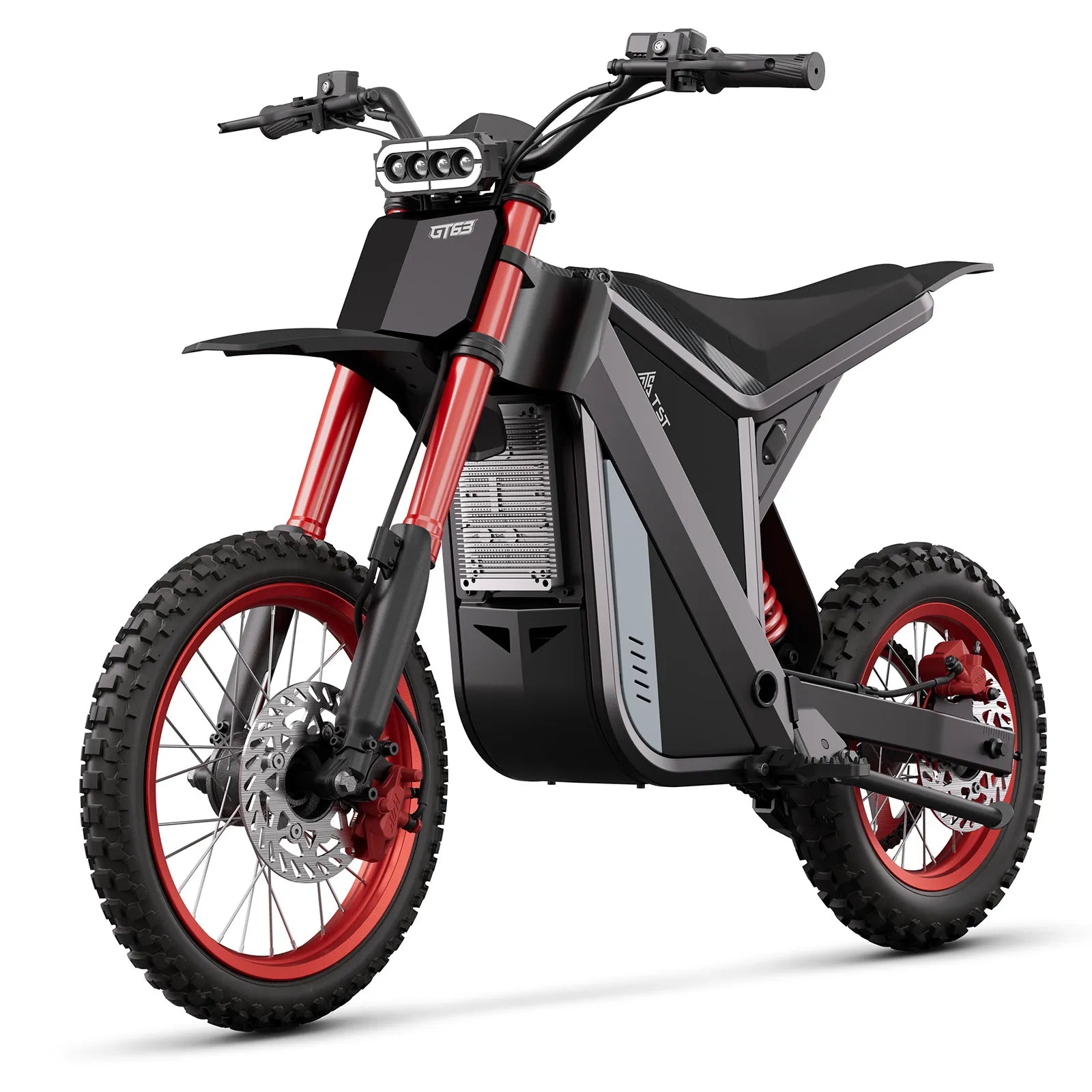



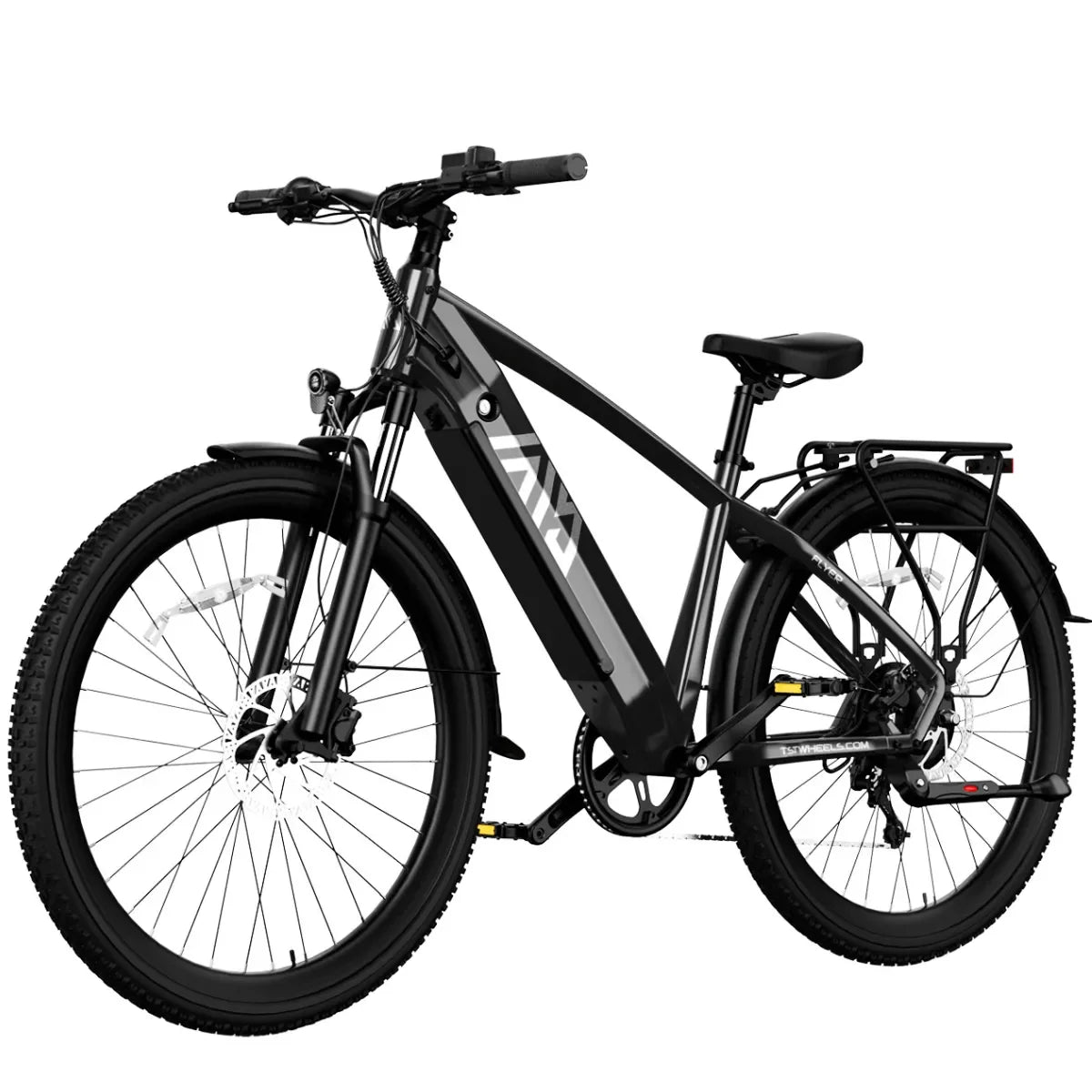

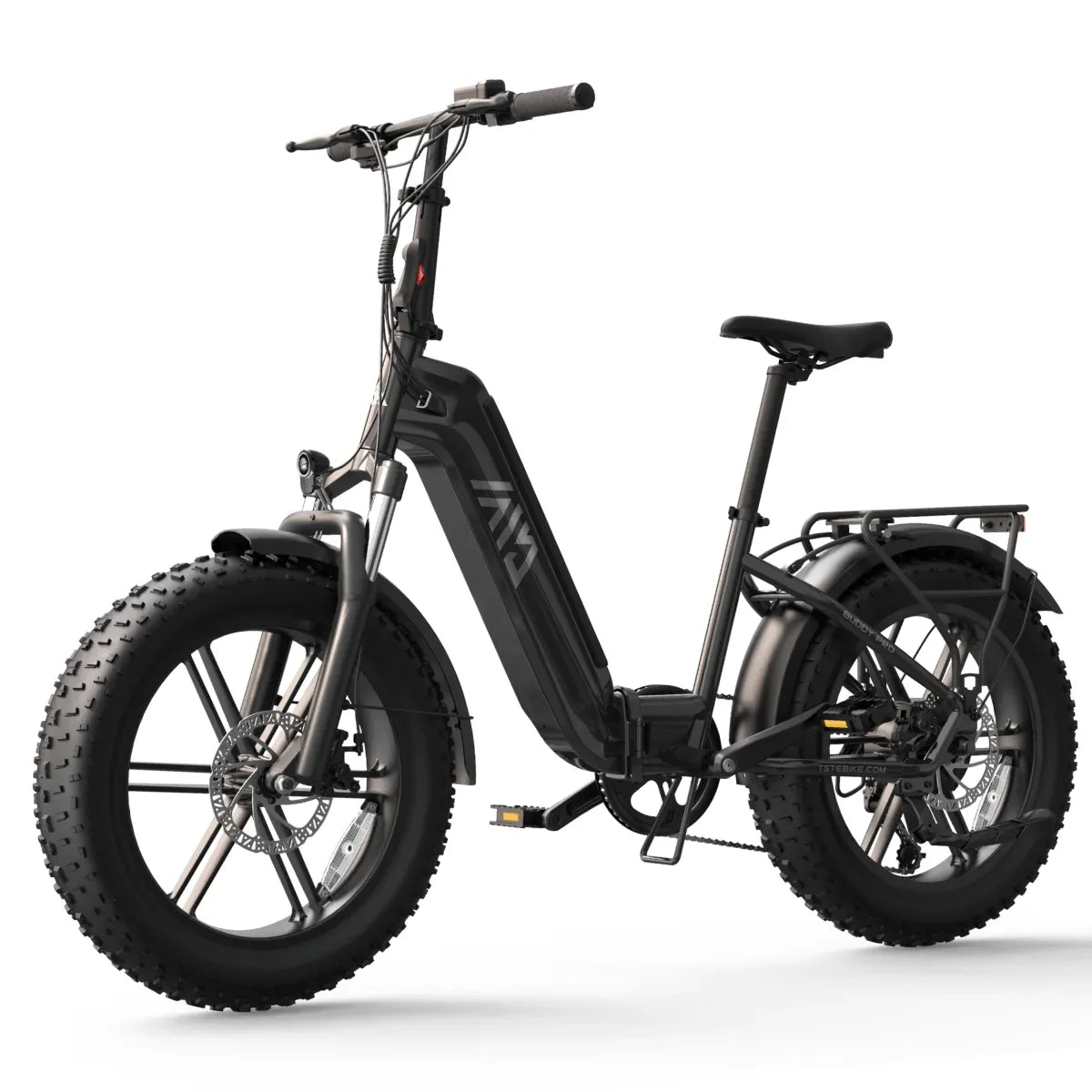
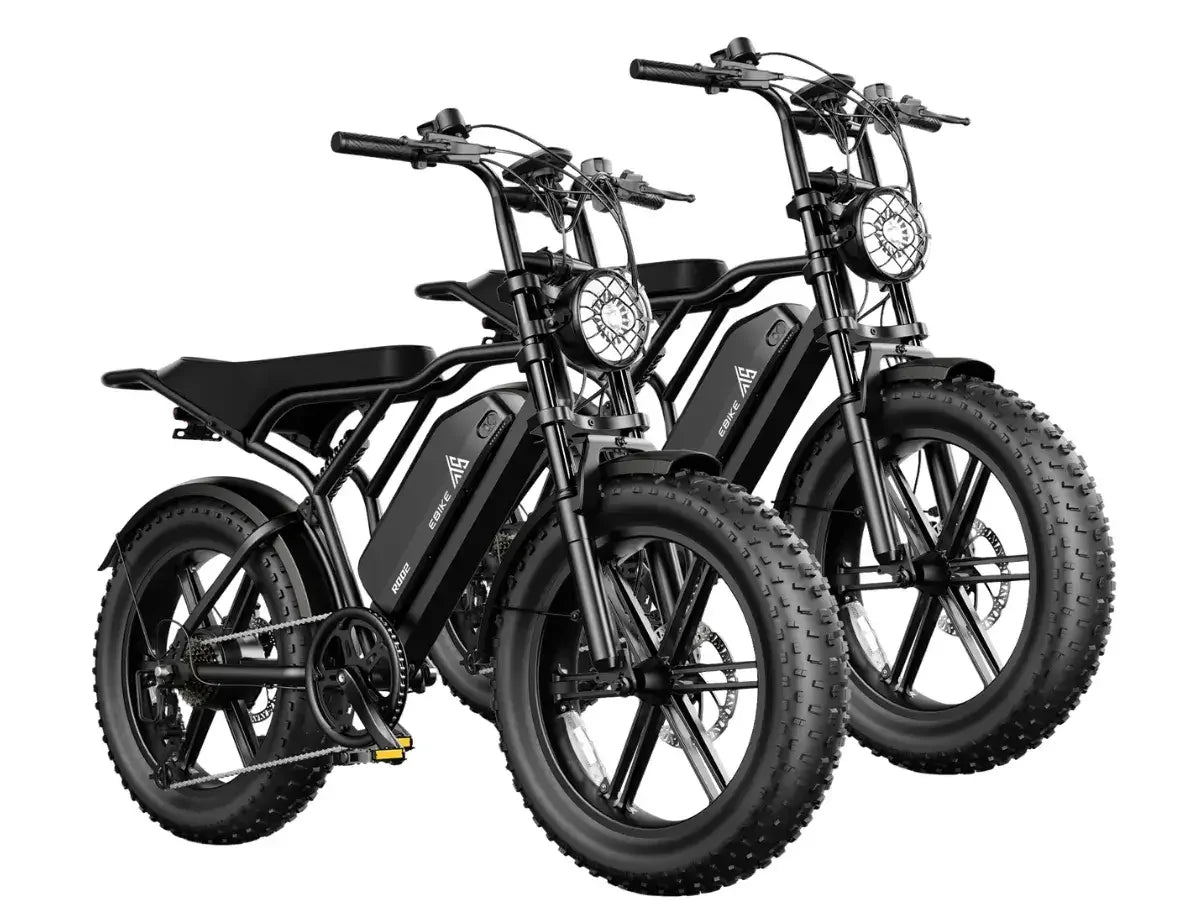
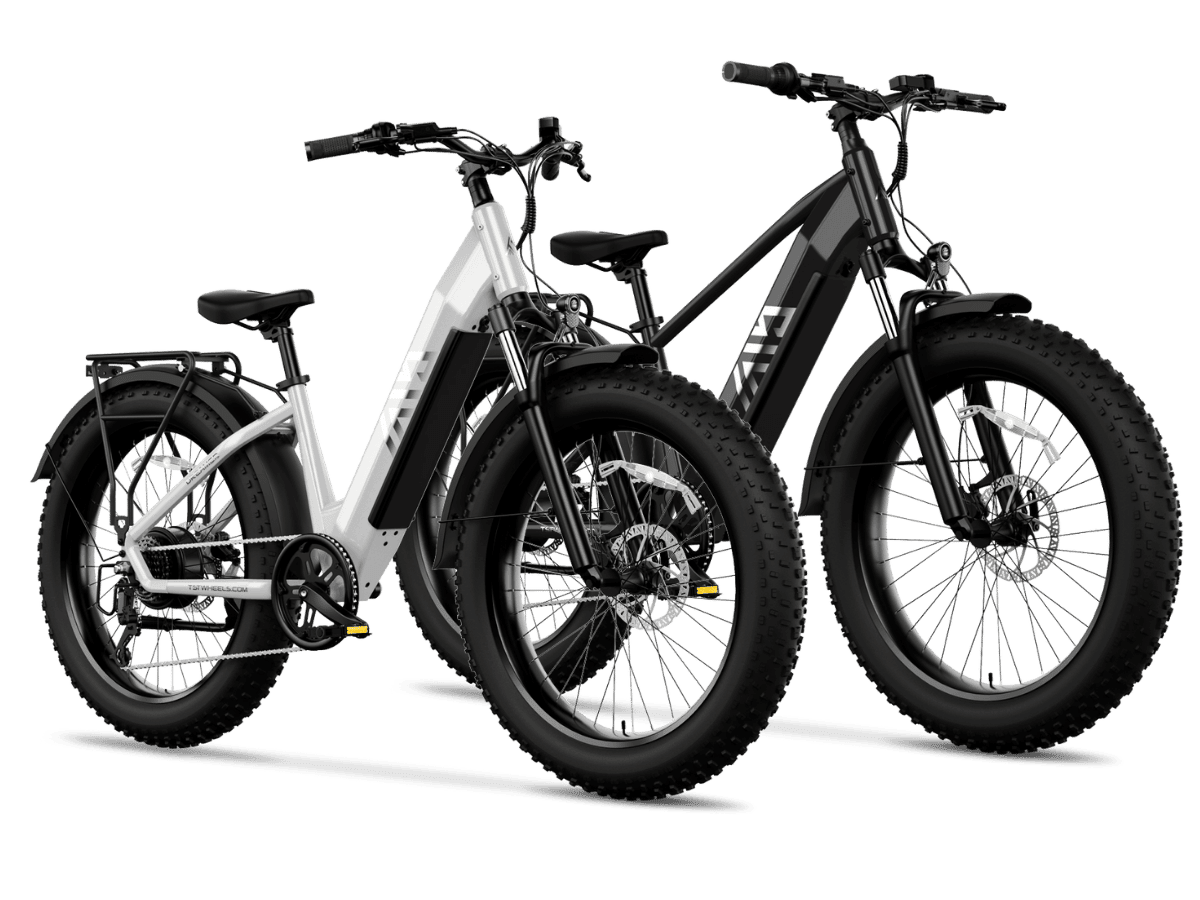
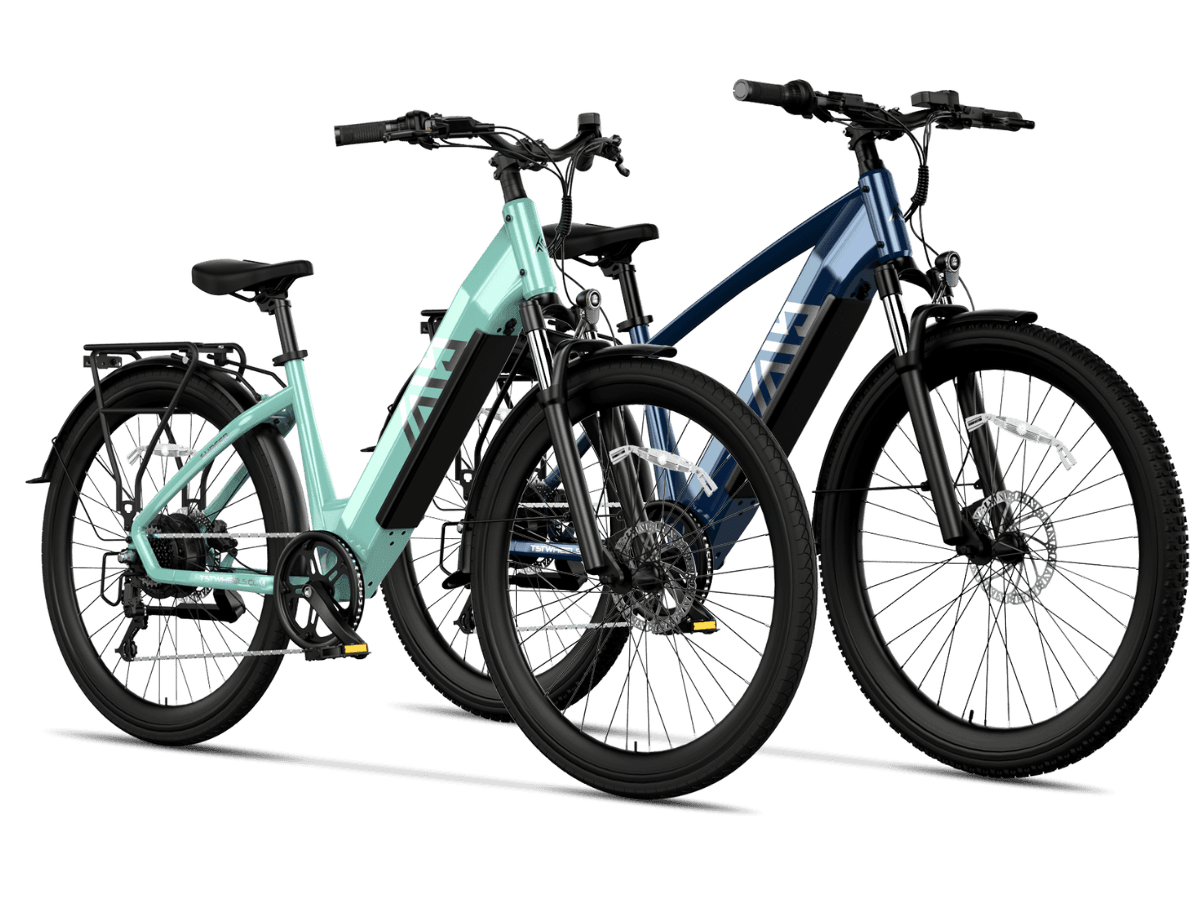
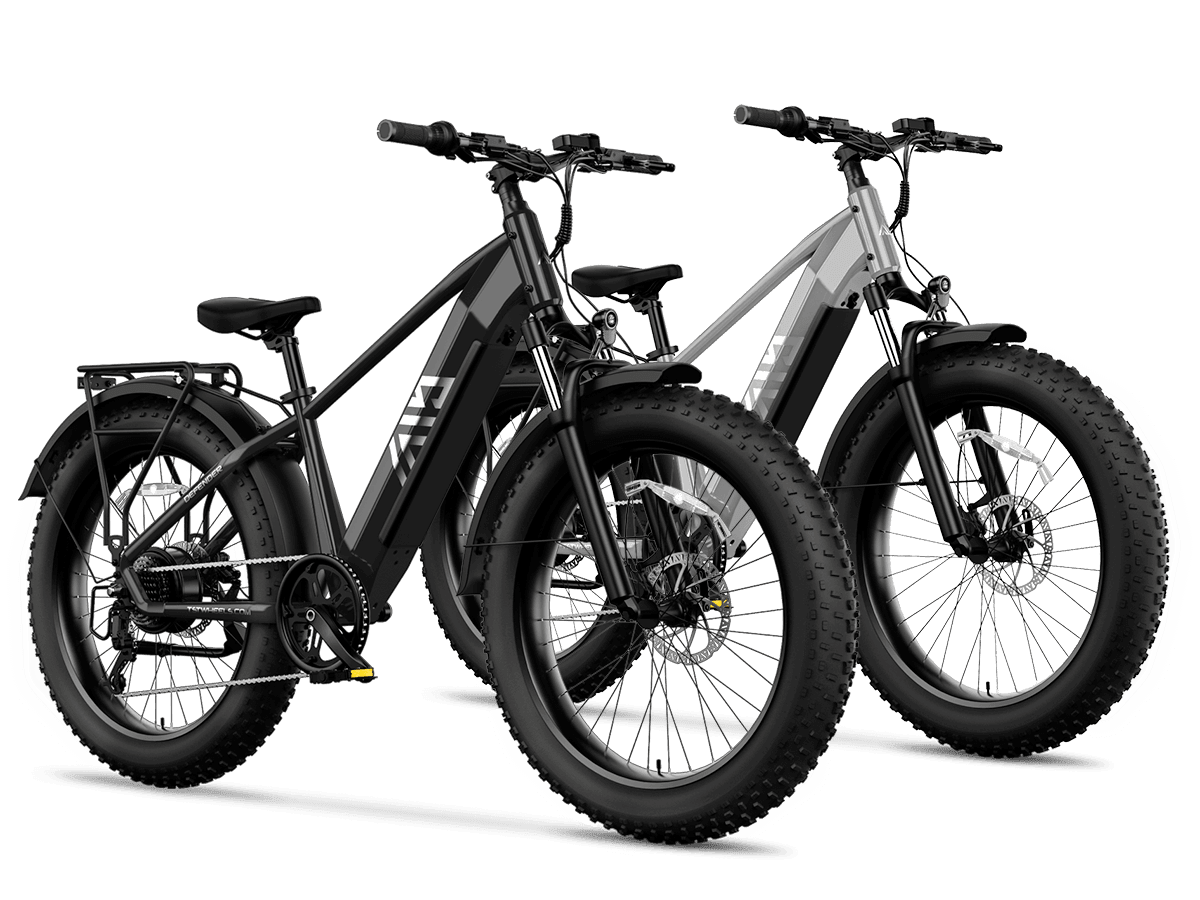
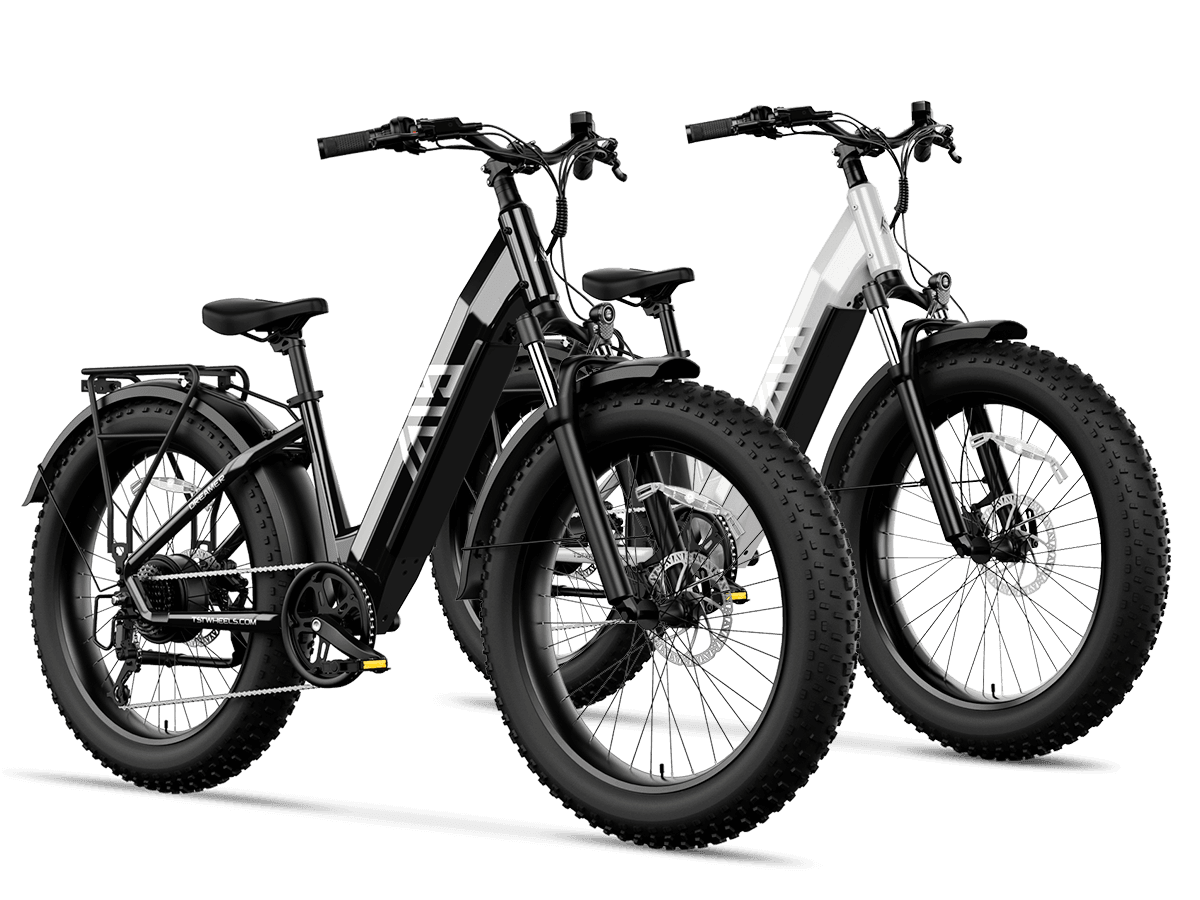
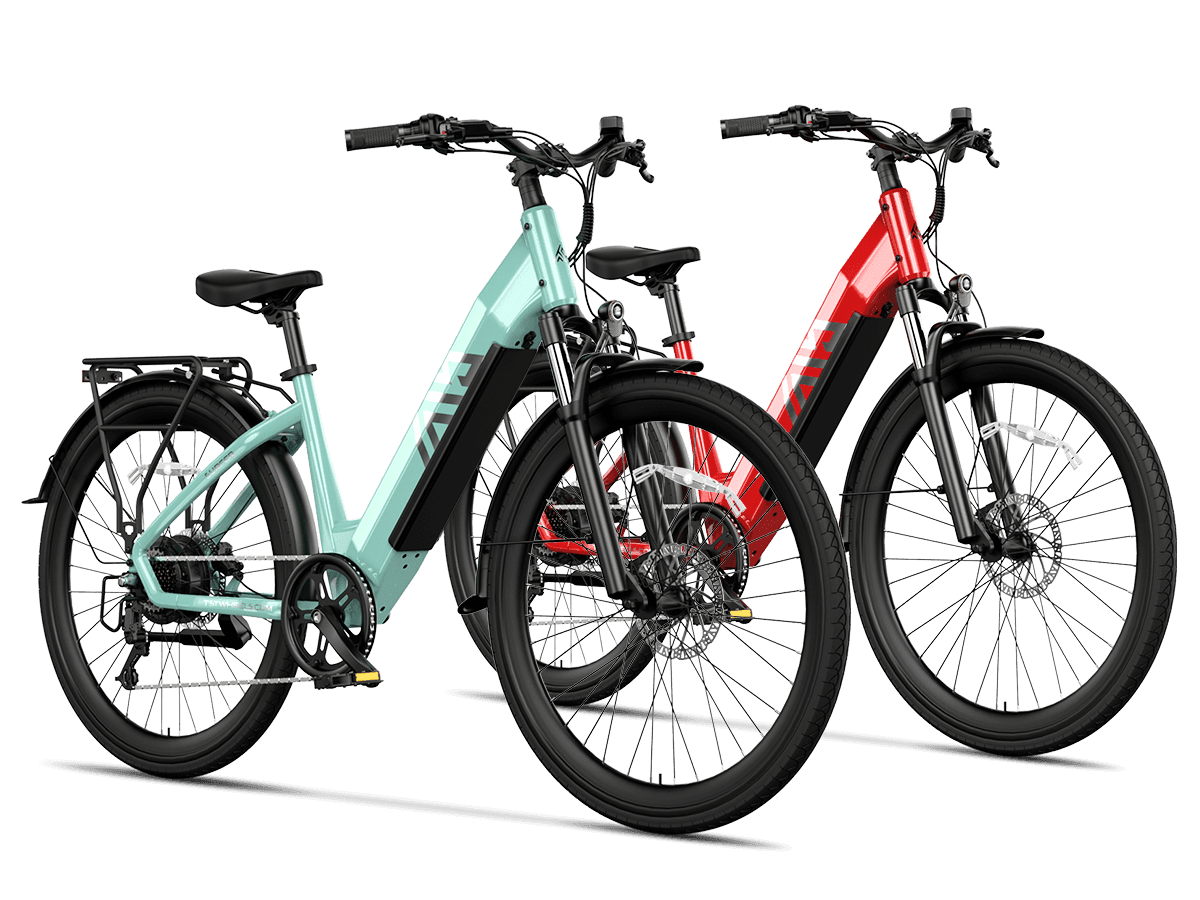
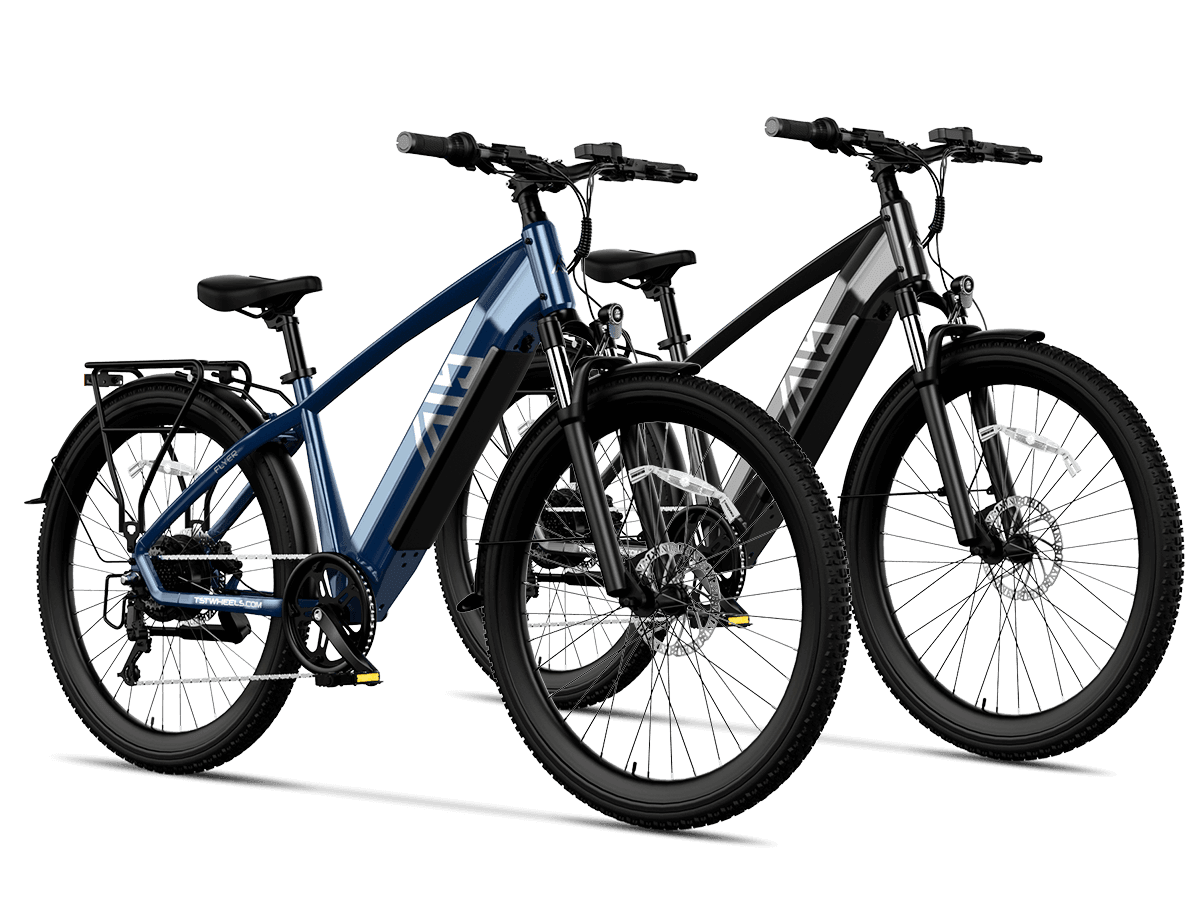
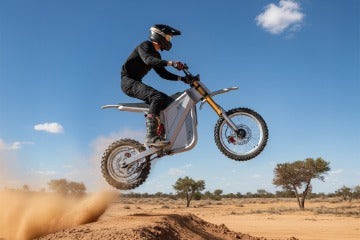
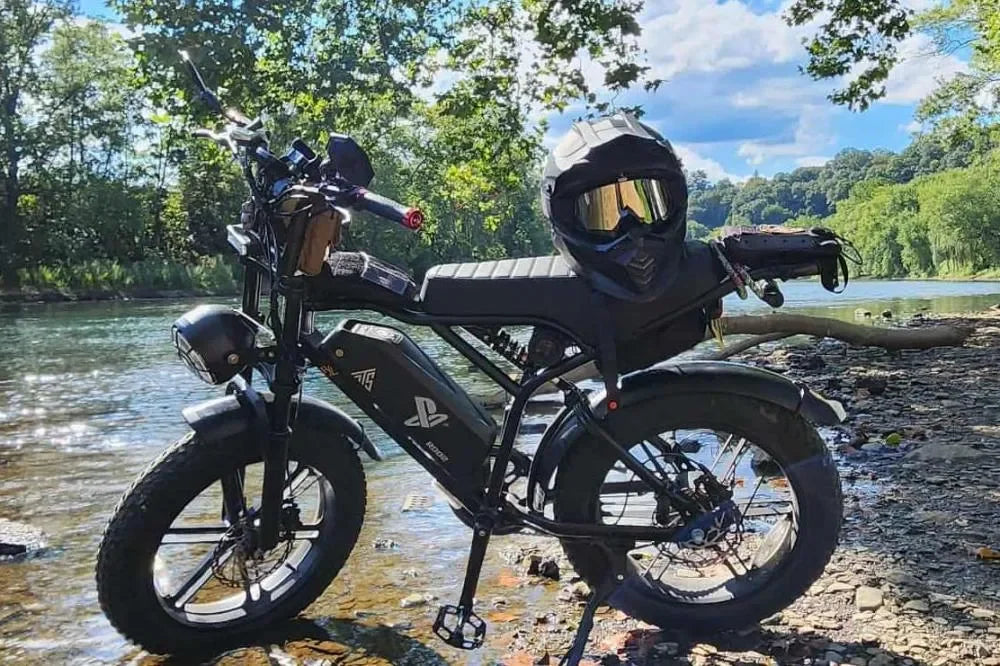


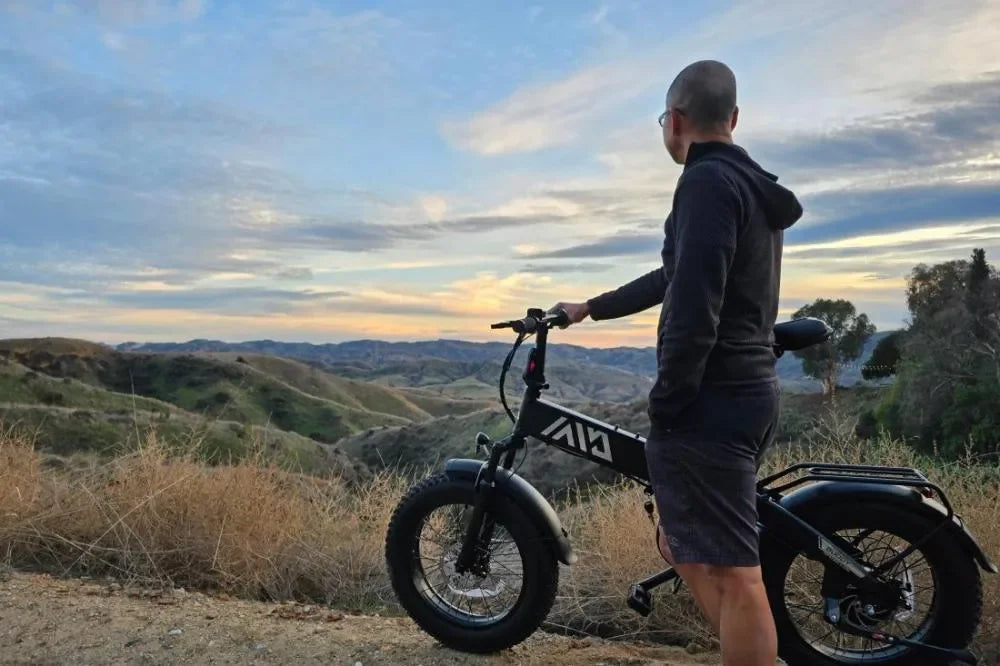
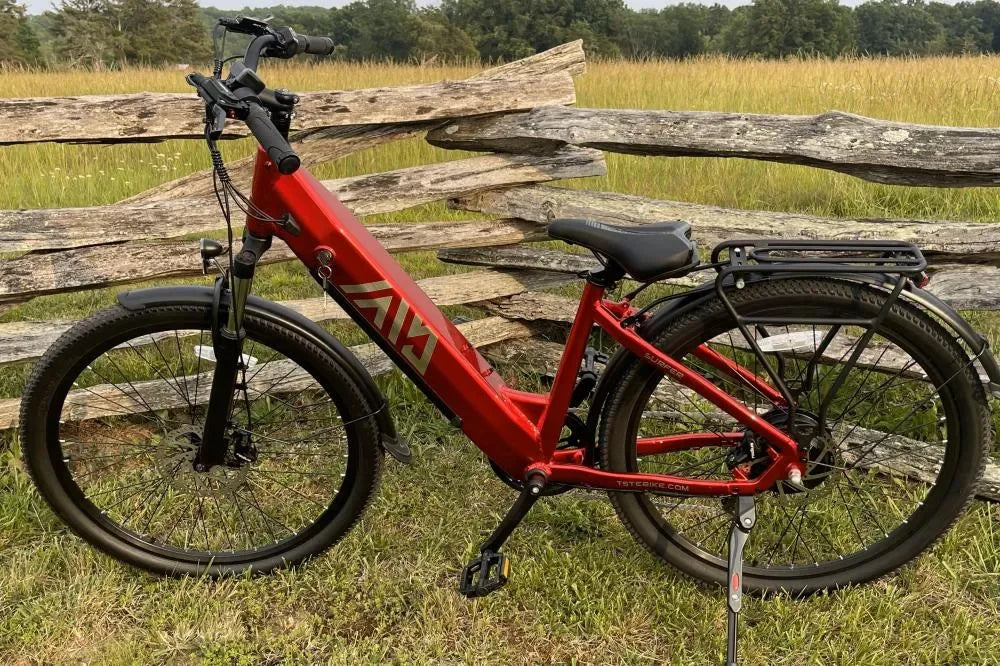
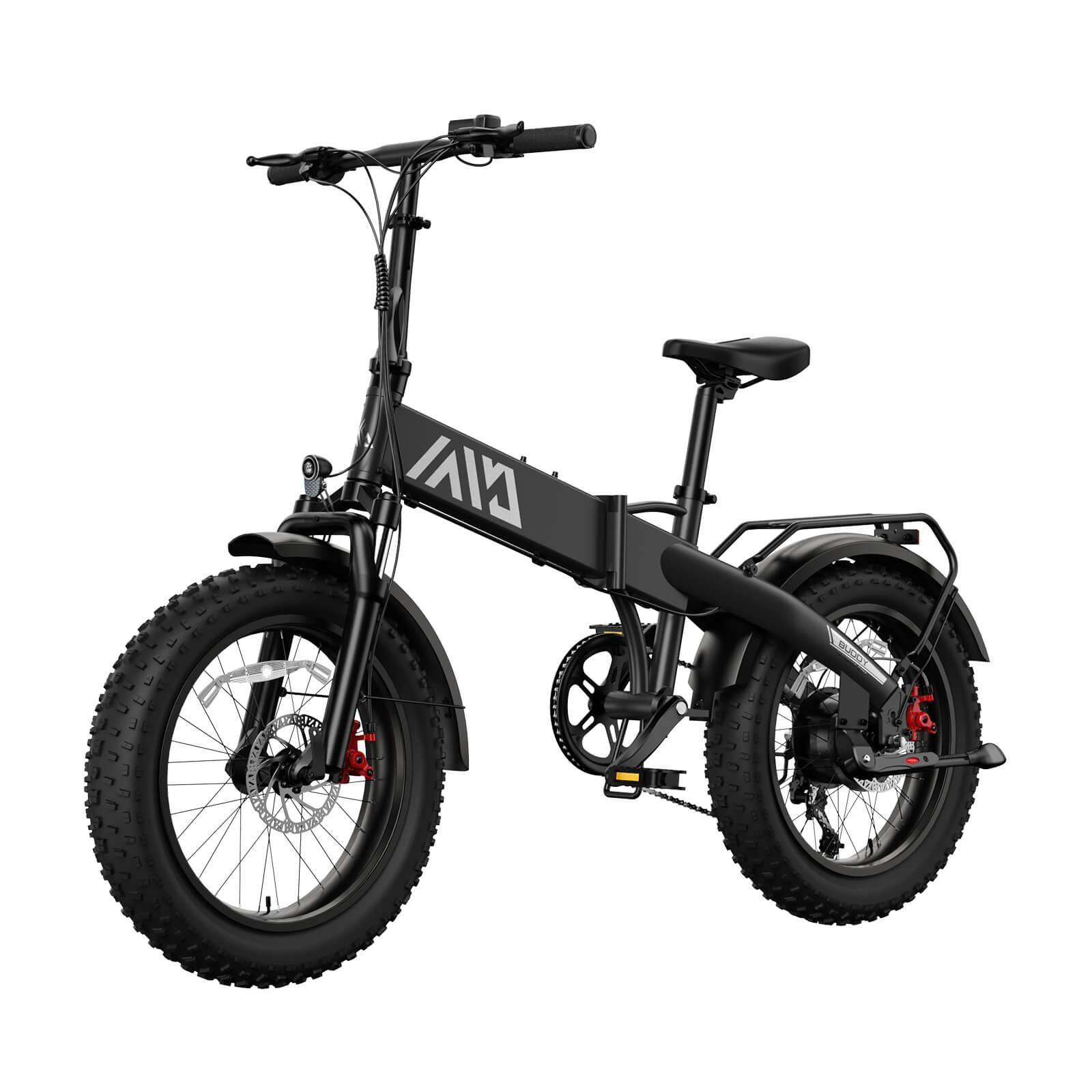
Leave a comment
This site is protected by hCaptcha and the hCaptcha Privacy Policy and Terms of Service apply.